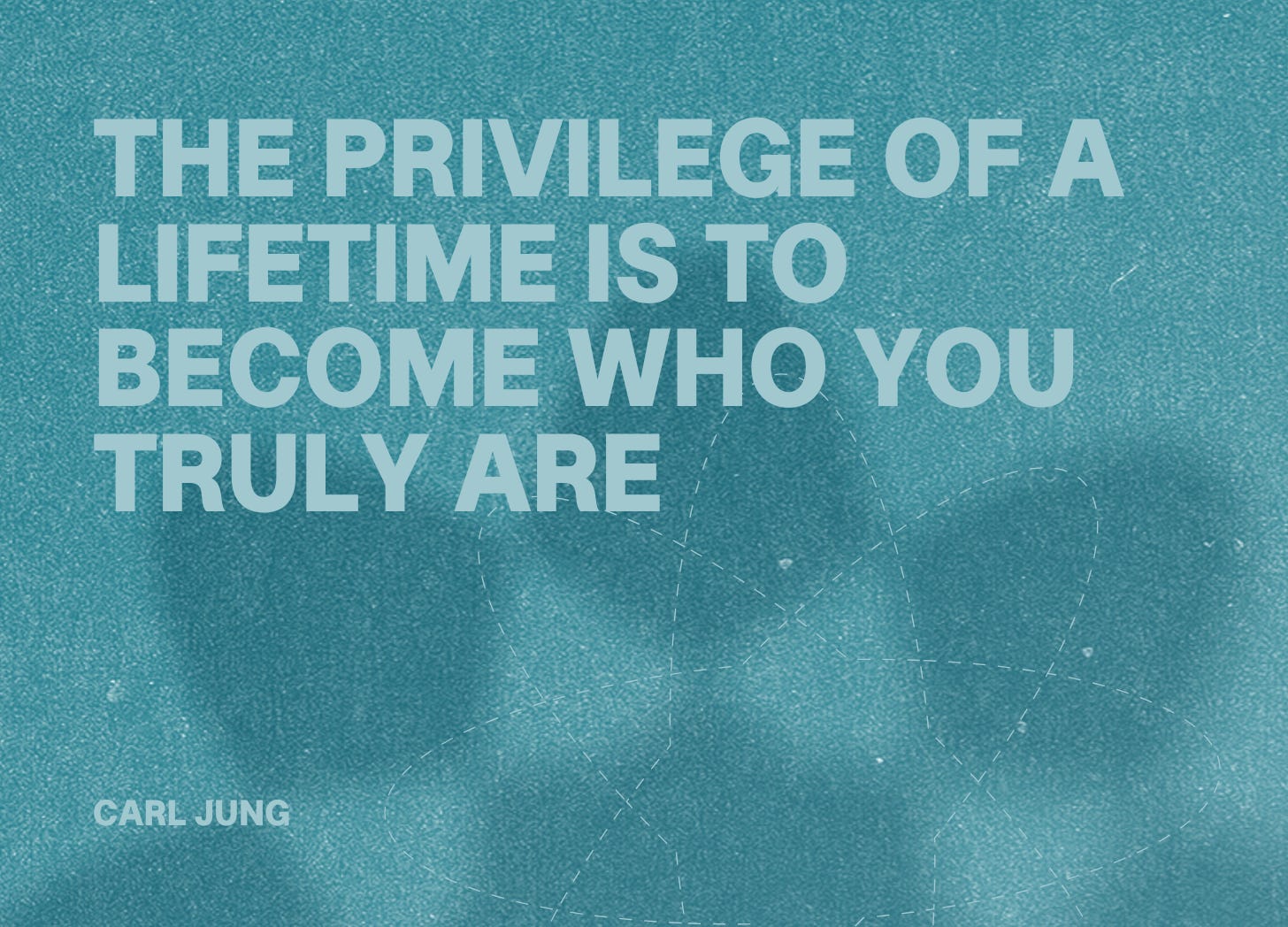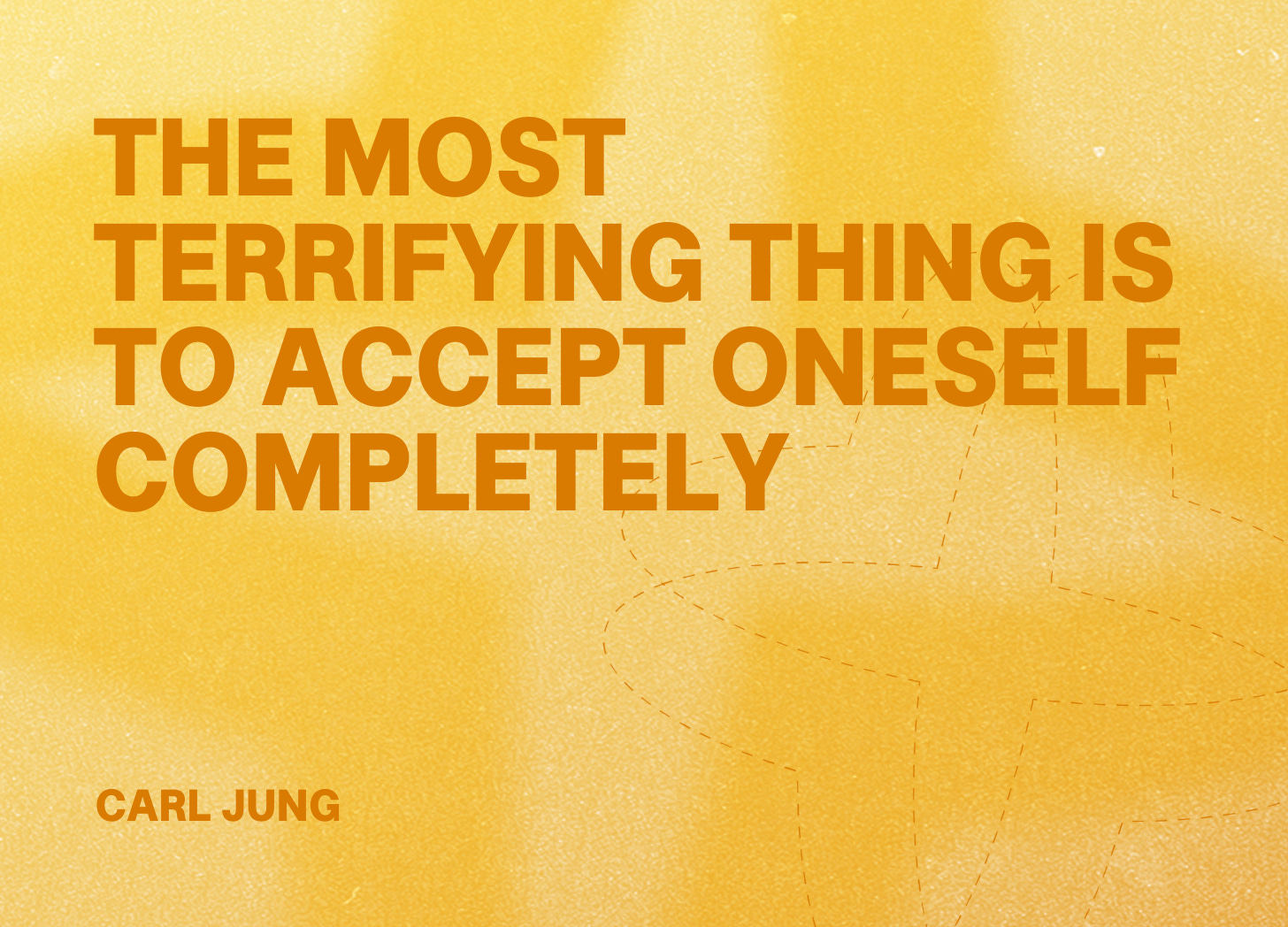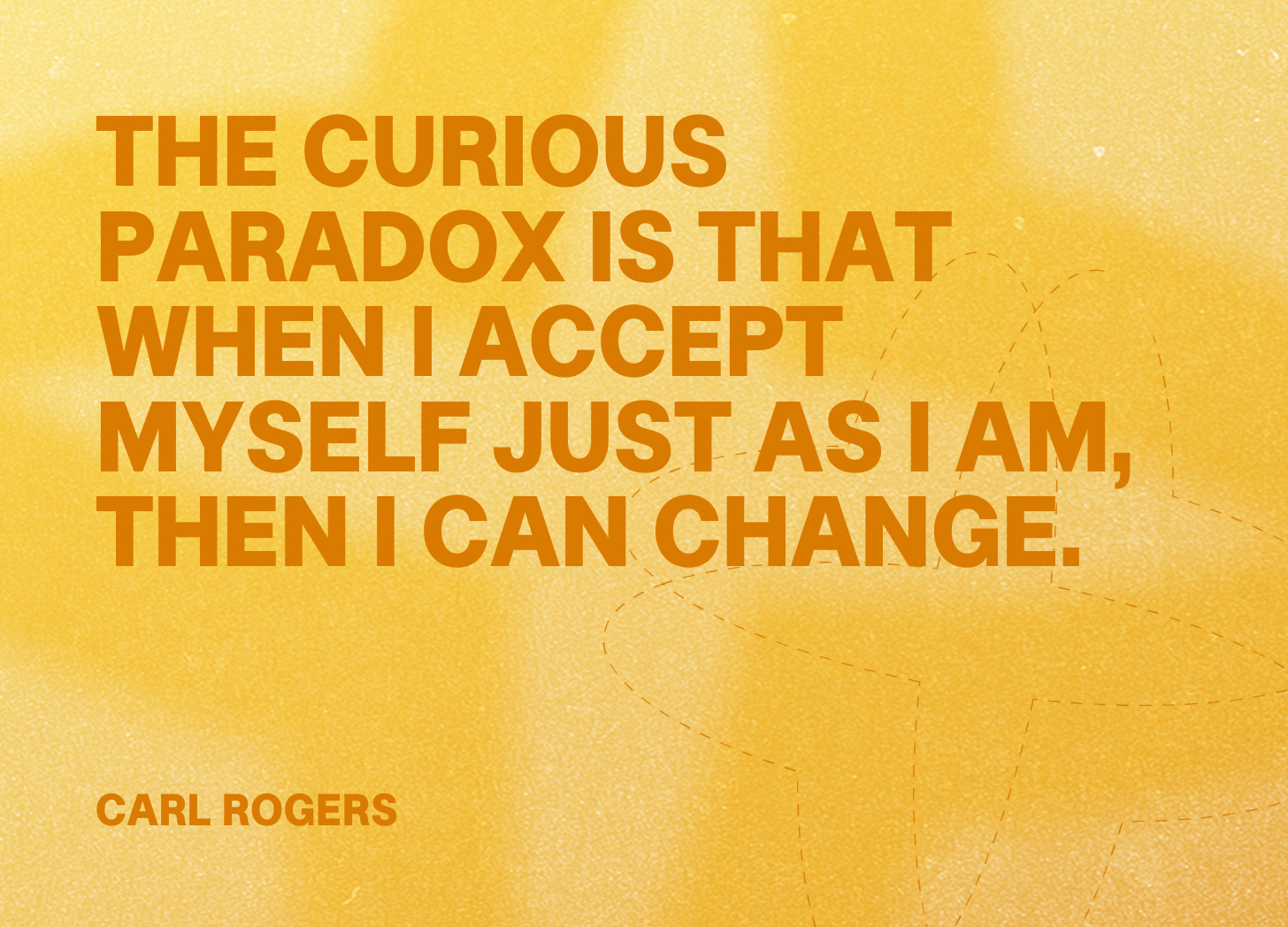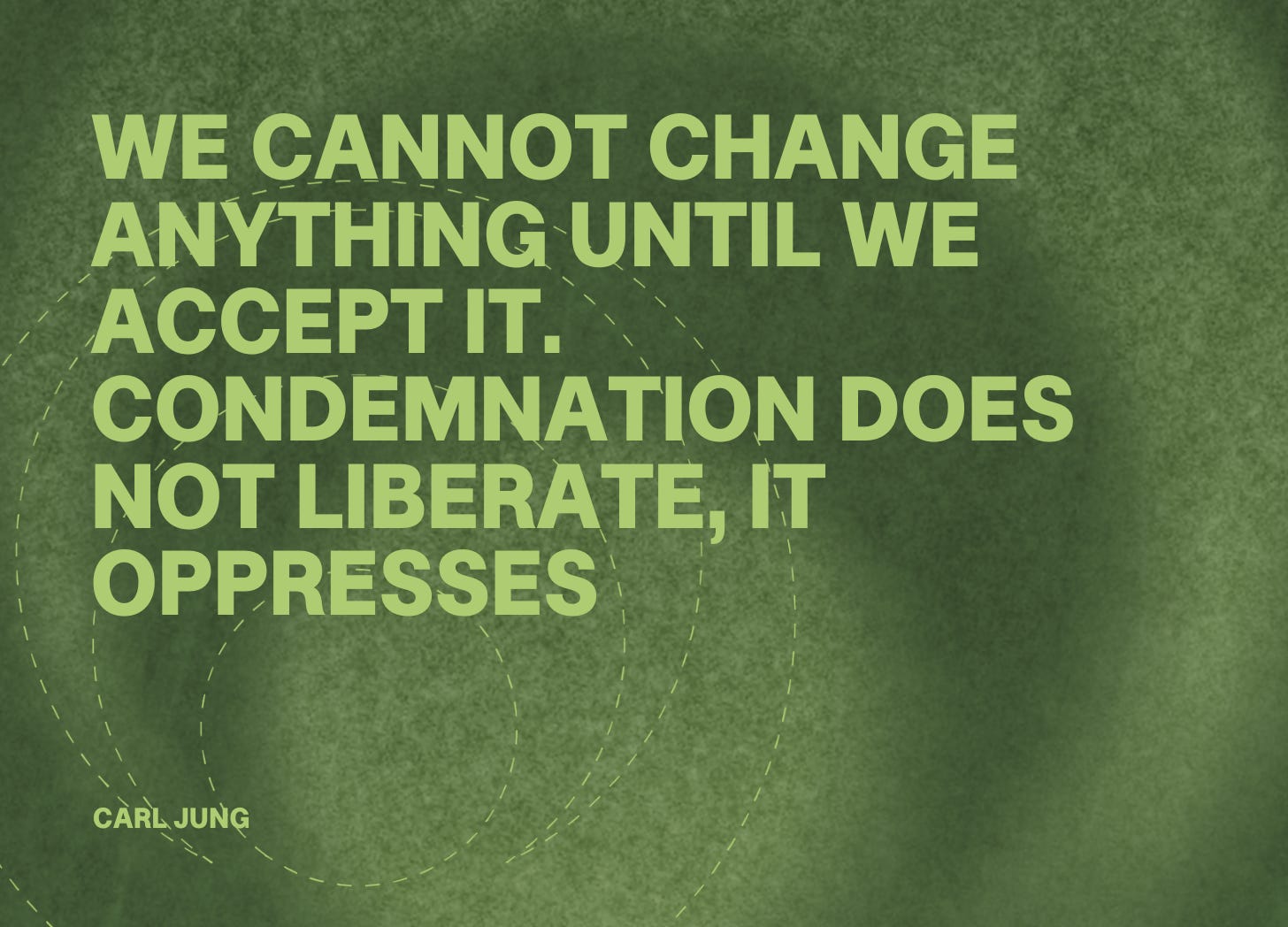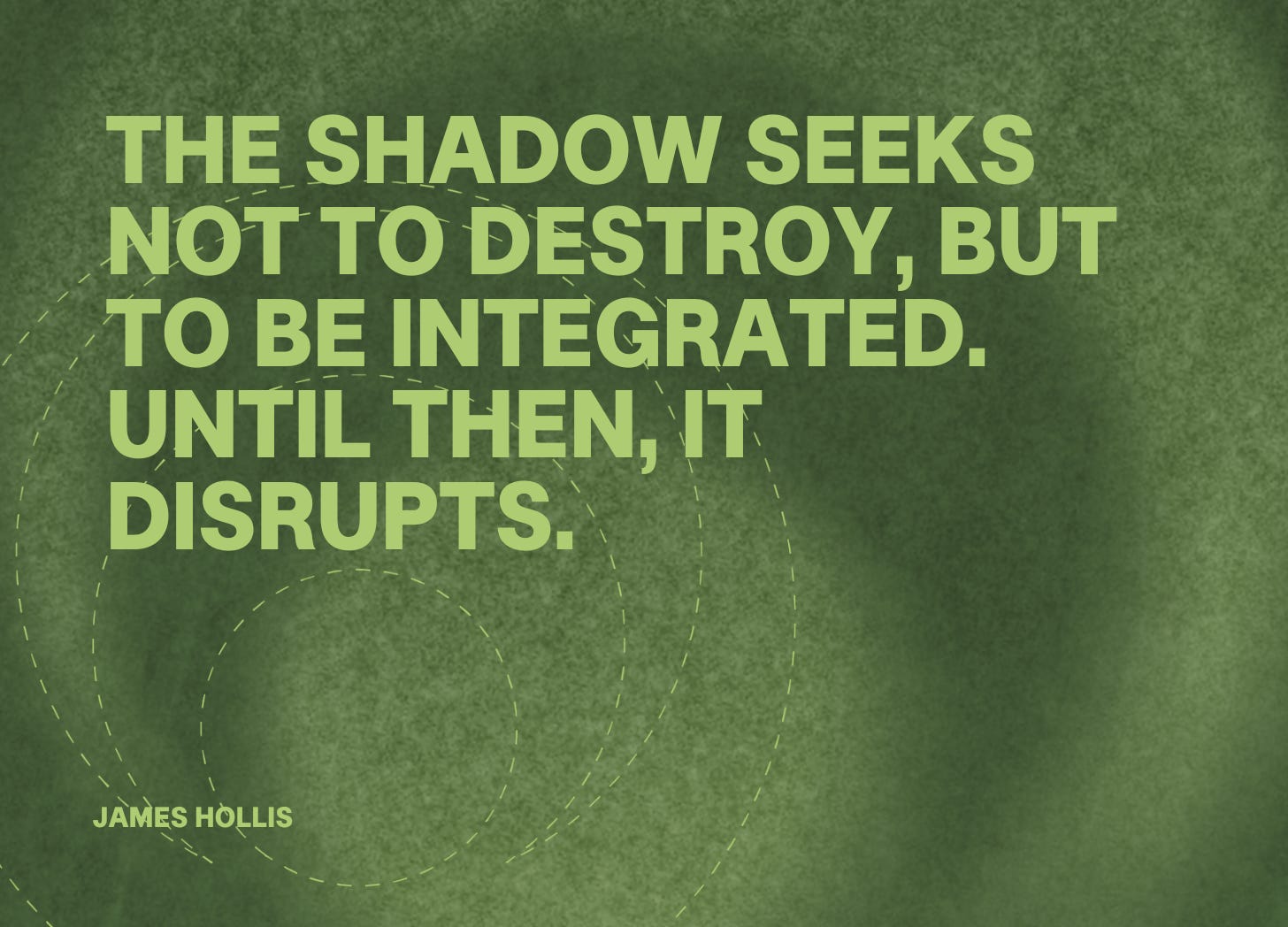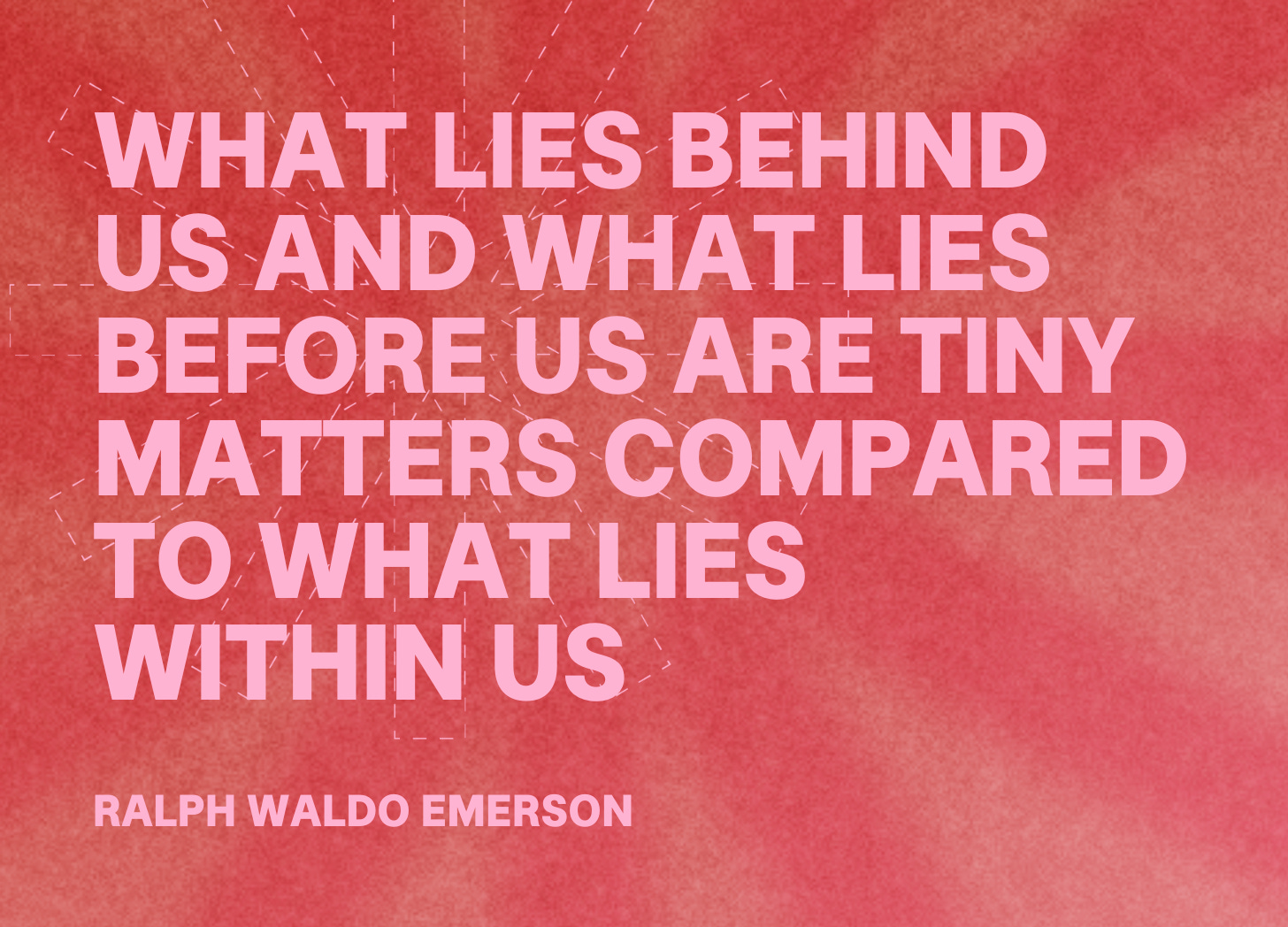Integrative shadow work
Introduction to Shadow Work - Part 10
Thanks for being here. This is the tenth and final lesson in your free Introduction to Shadow Work course. If you have landed here without reading the previous lessons, I recommend you start from the beginning. Subscribe below, and I’ll send you links to all the lessons in the course.
Shadow work is a way of being in relationship with yourself. It’s a practice of turning toward what you've been turning away from, befriending the parts of yourself you've been rejecting, and becoming whole instead of perfect.
Let me tell you about three people who understand this journey:
Elena thought she'd "finished" her shadow work after reading every book and taking multiple courses. But life kept presenting her with new challenges that activated different parts of her shadow. The perfectionist part that drove her career success. The people-pleasing part that exhausted her in relationships. The angry part that emerged when her boundaries were crossed. She realised that shadow work is a way of travelling through life with greater consciousness and self-compassion.
Paul started shadow work after his marriage ended. He was angry, bitter, and blamed his ex-wife for everything. Through the work, he began to see his own contributions to the relationship's failure - his emotional unavailability, his workaholism, his inability to be vulnerable. But instead of wallowing in shame, he used these insights to become a better father, a more present friend, and eventually, a more conscious partner in his new relationship. The shadow work didn't fix his life - it gave him the tools to live it more authentically.
Ingrid was drawn to shadow work because she felt numb and disconnected from herself. Through exploring her buried emotions, reconnecting with her inner child, and reclaiming her authentic voice, she came alive in ways she'd never experienced. But she also learned that aliveness includes experiencing all her emotions: joy and sadness, confidence and fear, love and anger. Shadow work didn't make her problems disappear - it gave her the capacity to feel and respond to life fully.
What we’ve covered…and what's still calling)
Over these ten lessons, you've been introduced to:
What the shadow is and why it's running your life without permission
How shadow projections show up in your reactions to others
How your shadow formed, and why it made perfect sense
Your golden shadow - the magnificent parts you've been hiding
Parts work - understanding your internal family
Your inner child - the young parts that need your loving attention
Sitting with sadness - the gateway emotion you've been avoiding
Working with anger - the fierce guardian of your boundaries
Fear and anxiety - the protectors trying to keep you safe
Shadow in relationships - how your unconscious dances with others
But knowing about shadow work and living it are two different universes.
The real work begins now - in the messy, beautiful, ongoing practice of being fully human with all your parts visible.
Your next 30 days: from knowledge to living practice
Here's how to continue this journey beyond these emails:
Daily practices (5-10 minutes):
Morning check-In: Check internally: "How are my parts feeling today? What do they need from me?"
Trigger awareness: When someone or something activates you, pause and ask: "What part of me is responding? What is it trying to protect?"
Evening reflection: "What did I learn about myself today? Which parts showed up? How can I be more compassionate with them tomorrow?"
Body scanning: Notice where you hold tension, contraction, or aliveness. Your body often knows your shadow before your mind does.
Weekly practices (30-60 minutes):
Parts dialogue: Have written conversations with different parts - the critic, the perfectionist, the rebel, the scared child.
Dream attention: Notice your dreams. They often contain shadow material your conscious mind won't face.
Creative expression: Draw, write, dance, or sing your shadow. Let the rejected parts express through art.
Relationship review: Notice your weekly triggers and attractions. What parts of your shadow showed up in your connections?
Monthly Practices (2-3 hours):
Shadow timeline: Explore a specific theme (anger, sexuality, power, vulnerability) across your life story.
Golden shadow integration: Choose one quality you admire in others and practice expressing it authentically.
Inner child healing: Spend focused time with younger parts through visualisation, letter writing, or inner dialogue.
Boundary assessment: Review where you need stronger limits and where you might be too rigid.
When self-work hits its limits
Shadow work is powerful, but there comes a point where working alone isn't enough. You might need professional support when:
The content feels too big:
Childhood trauma or abuse memories surface
Emotions feel overwhelming and unmanageable
You're having thoughts of self-harm
Substance use increases as you do this work
You're intellectually aware but emotionally stuck:
You understand your patterns, but can't seem to change them
You know what you should do, but can't seem to do it
The same relationship dynamics keep repeating despite your insights
You're ready to accelerate the integration:
You want to go deeper than self-reflection can take you
You're committed to transformation, not just understanding
You're ready to work with someone who can see your blind spots
Why I do this work.
I want to share something personal with you.
I didn't choose shadow wor, it chose me. After years of traditional therapy that helped me understand my problems but didn't seem to change them, I discovered depth psychology and began a my own shadow work journey.
I was lucky to find one of the world’s leading experts in shadow work, who later became my teacher.
For the first time, I wasn't just talking about and “analysing” my issues from the outside - I was meeting the actual parts of myself that had been running my life.
I found the avoidant part that had been protecting me since childhood. The scared part that made many of my decisions. The creative part I'd buried to be "practical." The powerful part I'd hidden to be "nice."
Meeting these parts and healing my shadow wounds gave me back my life force.
I became a Deep Process Psychotherapist because I couldn't not share this work. Watching someone reclaim a disowned part of themselves, seeing the light come back into their eyes as they integrate their shadow, and witnessing someone become fully themselves for the first time is not just healing. It’s a kind of resurrection.
Through Shadow Work, we remember who we always were, beneath the layers of protection.
My approach: Depth psychology for real humans
I practice Integrative Shadow Work, also known as Deep Process Psychotherapy. This isn't like traditional therapy, where we talk about your problems. It is experiential, embodied work in which we dive into your shadow material as it shows up, in real time, in your body and in our relationship.
In our work together:
We meet your parts directly: Instead of talking about your inner critic, we actually dialogue with it. You learn to embody different parts and speak from their perspective, leading to profound integration that thinking alone can't achieve.
We work somatically: Shadow material lives in your nervous system, not just your mind. We focus on what your body communicates about your unconscious patterns and work with sensation, breath, and movement.
We use the therapeutic relationship: When you react to me or our work, we explore those projections as doorways into your shadow rather than problems to solve.
We reclaim your golden shadow: Through the energetic healing of your shadow wounds, we work in partnership to retrieve your power, creativity, sexuality, and aliveness that got buried with your pain.
We go at your pace: This work can't be rushed. We move at the speed of trust, ensuring you feel safe enough to meet the parts you've been avoiding.
You are always in charge of the process: My job is not to give you advice or tell your what’s wrong. My job is to guide and support you to look deeply and what’s in shadow for you and how it’s showing up. You are in charge of the process at all times.
What makes this different from traditional therapy
It's experiential: You don't just talk about your patterns, you feel them, dialogue with them, and transform them from the inside out.
It's somatic: We work with your whole system. Shadow material locked in your body gets released and integrated.
It's relational: Our therapeutic relationship becomes a safe laboratory for exploring projections, boundaries, and attachment patterns in real time.
It's creative: We use active imagination, dream work, and creative expression to access parts of your psyche that words alone can't reach.
We give it time: We work in much longer sessions, typically three to five hours at a time. This allows us to go deeper in each session and get quicker and deeper results.
It's about Integration, not elimination: We don't try to eliminate difficult parts - we help them find new, healthy roles in your internal family.
Who this work serves
This approach resonates deeply with people who:
Have done traditional therapy, but feel like something more profound is calling
Are drawn to Jung, depth psychology, and working with the unconscious
Want to understand and integrate their shadow, not just manage symptoms
Are ready to take full responsibility for their inner world and relationships
Are committed to authenticity even when it's uncomfortable
Are interested in the spiritual and creative dimensions of healing
This work might not be the right fit if:
You're looking for quick fixes or purely cognitive approaches
You're not ready to feel complex emotions or face uncomfortable truths
You're dealing with acute mental health crises that need immediate stabilisation
How people experience this work
"I'd been in therapy for years, but never felt like I was getting to the core of why I kept repeating the same patterns. Working with Kai was like finally finding the missing pieces of myself. I didn't just understand my shadow - I integrated it. I'm more myself than ever." - Sarah M.
"I came because I was tired of my anger ruining my relationships. Instead of trying to eliminate my anger, we worked with it as an ally. Now, the same intensity that used to destroy my connections fuels my creative work and advocacy. I didn't lose my fire - I learned to direct it." - Marcus T.
"This isn't therapy where you analyse problems from a distance. This is deep, embodied work where you actually meet the parts of yourself you've been running from. It was simultaneously the most challenging and liberating experience of my life." - Elena R.
Ready to Go Deeper?
If you're feeling the call to continue this journey with professional support, here's how we can explore working together:
Complimentary discovery call: We'll spend 45 minutes exploring whether this approach feels right for you, discussing your situation, and answering any questions about the work.
Individual sessions: Deep, 90-minute sessions where we dive into your specific shadow material, work with your parts somatically and experientially, and integrate insights in real time.
Shadow integration intensive: For those ready to accelerate their journey, our Shadow Integration Intensive retreats give you a concentrated period of multiple sessions designed to create breakthrough moments in your relationship with your shadow.
If you're not ready for professional support
That's perfectly okay, too. Shadow work is a lifetime practice, and you can continue growing with the foundation you now have.
Keep practising the exercises from these lessons.Read Jung, Robert Johnson, Connie Zweig. Most importantly, stay curious about your reactions, projections, and patterns.
The work is always available to you. It’s in every trigger, projection, and relationship challenge. Trust your own pace and timing.
Your shadow work charter
As you continue this journey, remember:
You are not broken. You are a human being with human complexity, learning to be conscious of all your parts.
Your shadow is not your enemy. It's the keeper of everything you've disowned - your wounds and treasures.
Integration is not perfection. It's about being real, authentic, and whole rather than good, right, or flawless.
This work is never finished. Every day offers new opportunities to meet your shadow with curiosity rather than judgment.
You already have what you need. The work is not about becoming someone else - it's about becoming who you've always been underneath the protective layers.
A final message from your shadow
If all the parts of your shadow could speak to you right now, here's what they might say:
"Thank you for finally turning toward us instead of away. Thank you for being willing to feel what you've been avoiding, to own what you've been projecting, to love what you've been rejecting. We're not trying to sabotage your life - we're trying to make you whole. We carry not just your wounds but your gifts. Not just your pain but your power. Not just your shadow but your light. Keep walking with us. Keep listening to us. Keep bringing us home. This is how you become who you came here to be."
Walking with your shadow is the most courageous thing you can do - and the most necessary.
The real journey starts now. You've met your shadow. Now learn to dance with it.
Whether you continue this work alone or choose to go deeper with support, trust that your shadow will keep calling you home to yourself. It's been waiting your whole life for this level of attention and love.
Stay whole.


